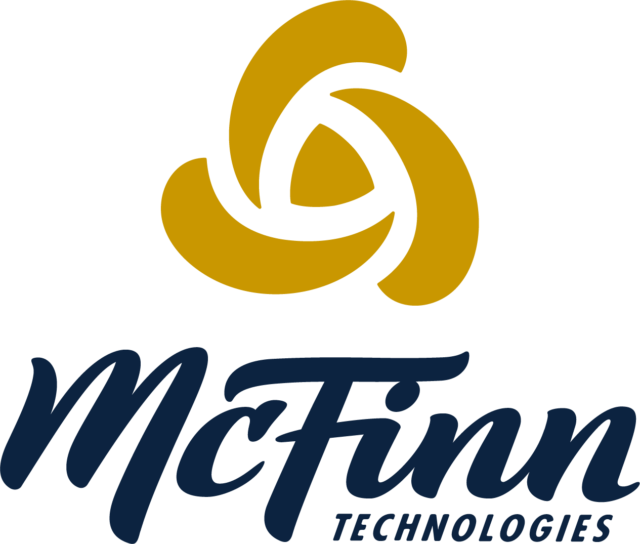Heading into June Dairy Month and the dairy promotion season, I’m concerned by two recent conversations I've had with dairy consumers. I share these backyard barbecue conversations, both of which were with my friends, in hopes that it will help reopen a discussion about dairy product processing and imaging.
First, it’s important to note these discussions about the safety and goodness of dairy products were had while eating hamburgers. My friends, the focus group members, are not vegan or vegetarian. To my knowledge, they are not opposed to livestock production agriculture.
They drink milk and eat cheese, but it’s what they were still saying about dairy that concerned me. I won’t spend time spelling out the answers to their questions here. I bring them up as evidence that we need to continue to educate consumers, even our friends, about the production and processing behind the dairy products they consume.
“Why is milk homogenized? And, I’m concerned about the hormones in milk.”
These comments come from a white, 30-year-old mother of four. She’s educated – a master’s degree. And her husband, a food scientist, helped me explain the concepts behind both of her concerns. We told her milk doesn’t contain any additional hormones beyond the natural ones a cow produces.
I’m convinced consumers still don’t understand rBST. While rBST labeling isn’t making headlines anymore, I don’t believe it’s because the issue is settled. A national processor and cheesemaker recently let producers know it will again allow the use of rBST in dairy production. Prepare yourself for the rBST questions. I think we’ll hear them again.
“What about all the antibiotics in milk?”
This comment comes from a white, 30-year-old father of two. He’s a physical therapist and an avid food lover, including dairy. He admitted he knew the basis for the question was not true and was only asking to hear how someone in the dairy industry would respond. But his comment is evidence that the medical community is at the forefront of hearing arguments against consuming a dairy diet. I invite you to ask your family doctor what he or she tells patients about dairy products, for example, “If a patient asks you if dairy products are a safe, wholesome food, how would you respond?”
“Why do we need to pasteurize milk?”
In my opinion, the recent national debate about the sale of raw milk is evidence that consumers want to know more about what’s happening between the bulk tank and the milk jug. We already know they want to know more about animal production and how milk is produced on the farm. They want to know more in general about their food, including dairy products.
Are we individually and as an industry telling them enough? Are we answering their tough questions? Do we invite them to tell us their concerns about dairy?
If we don’t educate them, not only about dairy’s goodness, but how it is produced, and now processed, we will continue to see them conclude on their own how food is “manufactured.” Let’s not let them ostracize themselves from being a dairy consumer by not asking about and resolving their concerns related to dairy products. PD

-
Walt Cooley
- Editor-in-chief
- Progressive Dairyman
- Email Walt Cooley

.jpg?t=1658551847&width=640)





